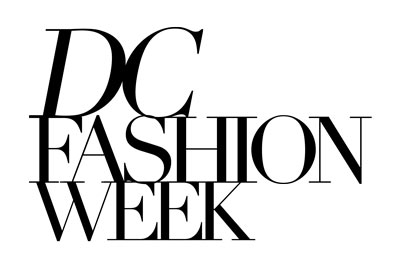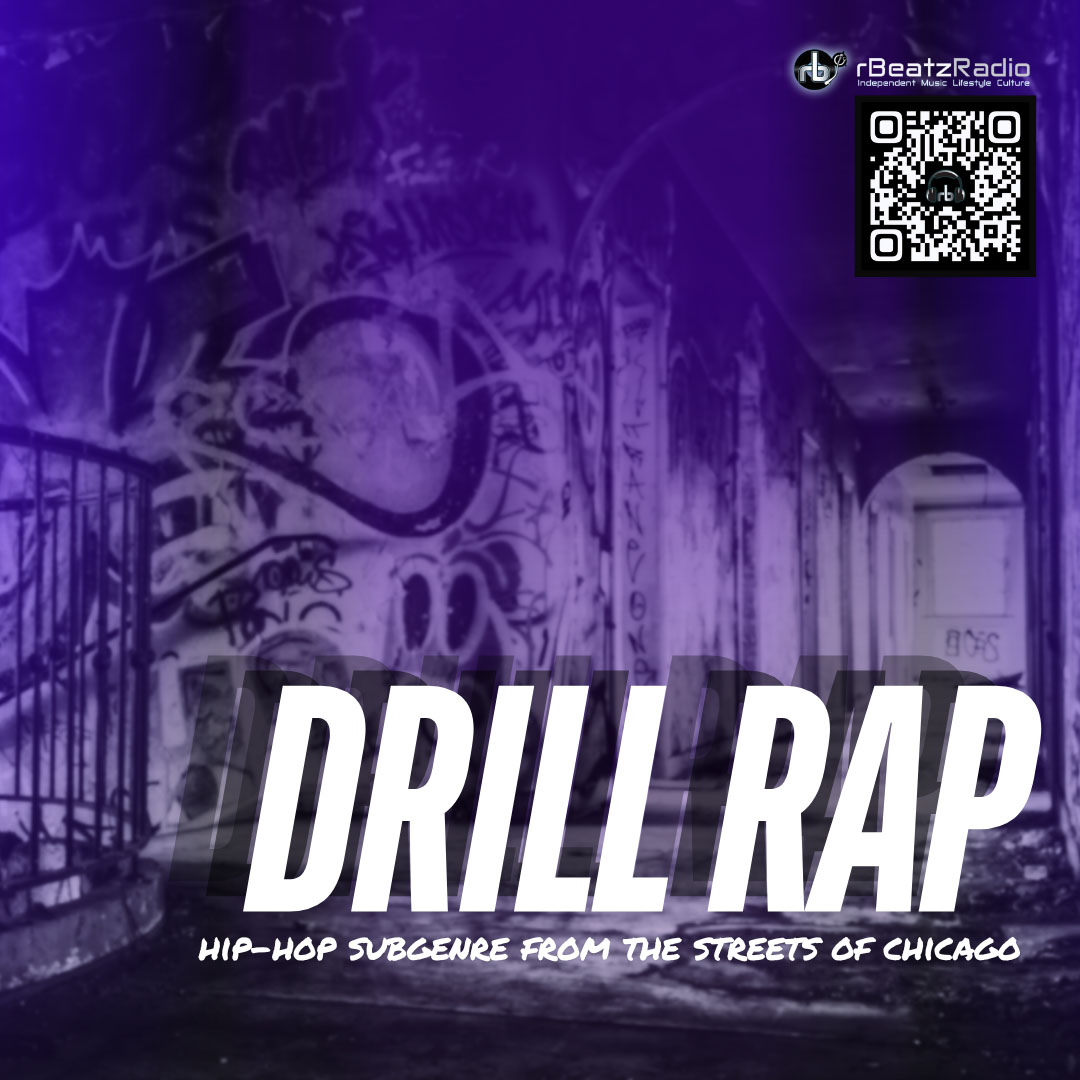Drill music has emerged as one of the most impactful and controversial subgenres of hip-hop, known for its raw lyricism, dark beats, and unfiltered depiction of street life. Originating in Chicago in the early 2010s, drill music has since spread globally, finding unique expressions in cities like London and New York, while retaining its core identity as a voice for urban youth and their struggles.
The Origins of Drill Music
Drill music originated in Chicago’s South Side in the early 2010s, born from the struggles of communities facing poverty, violence, and systemic neglect. The term “drill” was street slang for retaliation or confrontation, themes that became central to the genre’s unfiltered and raw storytelling.
Artists like Chief Keef, Lil Durk, and King Louie were pivotal in shaping the sound of drill. Chief Keef’s 2012 hit “I Don’t Like”, produced by Young Chop, became a defining track, with its heavy basslines, ominous melodies, and aggressive lyrics. The minimalist production and straightforward delivery reflected the harsh realities of life in Chicago’s toughest neighborhoods.
Social media platforms like YouTube played a critical role in spreading drill’s influence. Music videos, often shot in the streets with groups of friends, gave the genre a raw visual aesthetic that resonated with audiences. Drill wasn’t polished or commercial—it was gritty, authentic, and deeply personal.
While drill music drew criticism for its violent themes, fans and artists saw it as a reflection of their environment rather than a glorification. It provided a voice for marginalized communities, offering a glimpse into a reality often ignored by mainstream media. This authenticity helped drill grow into a global movement.
Drill Music in the UK: A New Chapter
By the mid-2010s, drill music had crossed the Atlantic and taken root in London, where it evolved into a distinct subgenre of UK hip-hop. British drill, while influenced by its Chicago origins, developed its own sound, incorporating elements of grime, road rap, and UK garage. Artists like 67, Section Boyz, and later Headie One, Digga D, and Unknown T became the faces of the scene.
UK drill is characterized by faster tempos, sharper hi-hats, and a darker, more cinematic atmosphere compared to its Chicago counterpart. Producers like M1OnTheBeat and MKThePlug have become central to shaping the genre’s sound. Lyrically, UK drill artists often reflect on life in urban housing estates, systemic inequality, and street politics, echoing the themes of its Chicago roots but with a distinctly British perspective.
The rise of UK drill sparked debates in the country about the genre’s influence on youth violence. Law enforcement and politicians have blamed drill music for inciting gang activity, leading to censorship and even the removal of drill videos from platforms like YouTube. Despite this, drill has continued to thrive, with many artists achieving mainstream success and proving the genre’s cultural significance.
Drill in New York and Beyond
By the late 2010s, drill music had found a new home in New York City, where it took on a distinct flavor while retaining its roots in raw, unfiltered storytelling. Inspired by both Chicago’s original drill sound and the UK’s darker, faster production style, New York drill emerged as a hybrid that showcased the city’s unique energy and culture.
Artists like Pop Smoke, Fivio Foreign, and Sheff G became the faces of this new wave, blending drill’s signature hard-hitting beats with the swagger and grit of Brooklyn. Pop Smoke’s breakout hit “Welcome to the Party” brought global attention to the Brooklyn drill scene, combining menacing production with his deep, commanding voice. Tracks like “Dior” and “Christopher Walking” further solidified him as a star, making drill not just a niche genre but a force in mainstream hip-hop.
New York drill often borrows from UK producers like 808Melo and Axl Beats, giving it a unique rhythmic edge with faster tempos and heavy basslines. However, the city’s artists bring their own flair, incorporating more melodic hooks and a focus on braggadocious lyrics that reflect New York’s iconic hip-hop traditions.
Beyond New York, drill has inspired scenes in countries like Ireland, Australia, and the Netherlands, with artists adapting its themes to their local realities. As drill continues to expand, it proves its status as a global movement that transcends borders while staying rooted in the voices of marginalized communities.
Themes and Controversies
Drill music is often praised for its authenticity and criticized for its explicit content. Its themes revolve around life in marginalized communities, with lyrics that candidly address violence, poverty, and the pursuit of survival. For many artists, drill is a form of self-expression and a way to escape the harsh realities they describe.
However, drill’s association with gang culture has made it a lightning rod for criticism. Authorities in Chicago, London, and New York have linked the genre to violence, prompting efforts to regulate or suppress it. These criticisms often overlook the systemic issues that drill artists highlight in their music, instead focusing on the genre as a scapegoat.
Supporters argue that drill music is a reflection, not a cause, of the environments it comes from. It provides a platform for young people to share their stories and navigate their realities. Artists like Lil Durk, Headie One, and Fivio Foreign have used their platforms to achieve success and bring attention to their communities, demonstrating drill’s potential as a force for empowerment.
Cultural Impact and Legacy
Drill music has redefined modern hip-hop, introducing a sound that is raw, unfiltered, and deeply connected to the realities of urban life. Its influence can be seen across mainstream music, with artists like Drake, Kanye West, and Cardi B incorporating drill elements into their tracks. Songs like Drake’s “War” and Cardi B’s “Shake It” highlight the genre’s growing crossover appeal.
More than just a genre, drill is a cultural movement that amplifies voices often ignored by society. It has given young artists from disadvantaged communities a platform to tell their stories, reach global audiences, and reshape the sound of hip-hop. Despite its controversies, drill music remains a testament to the resilience and creativity of the communities that birthed it.
As drill continues to evolve, its legacy as a voice for the voiceless and a mirror of societal inequalities will remain. Whether through its haunting beats, poignant lyrics, or global reach, drill music has solidified its place in the history of modern music.
dcfashionweek.org-20250128.txt
Page 2 of 2

